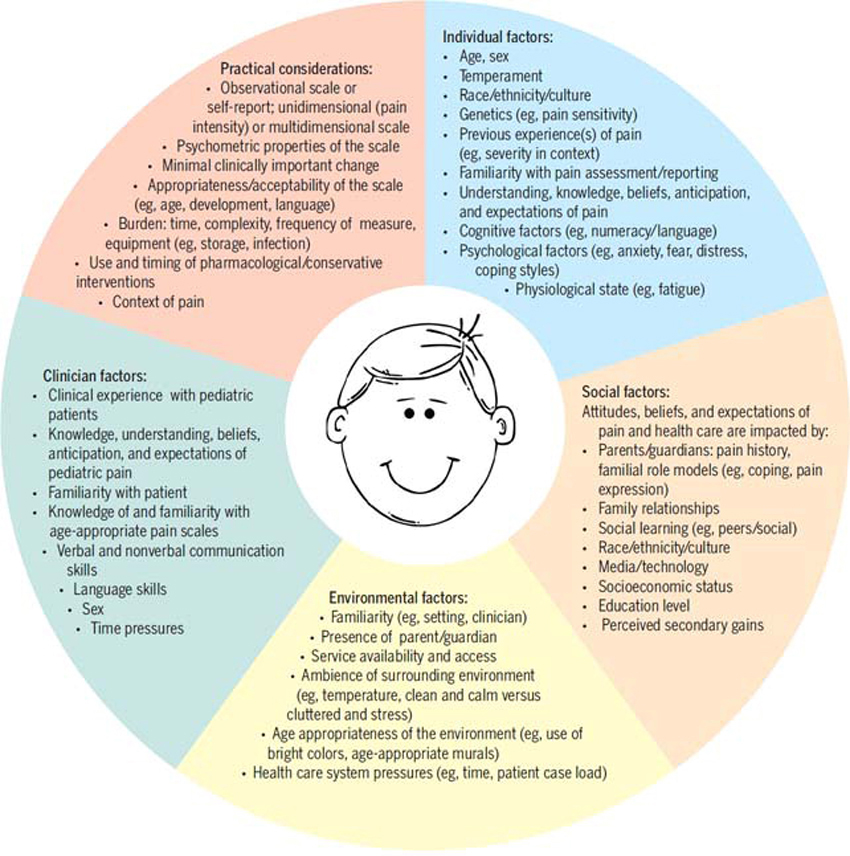Chiropractic Approach to the Management of Children
SOURCE: Chiropractic & Osteopathy 2010 (Jun 2); 18: 16 ~ FULL TEXT
Sharon A Vallone, Joyce Miller, Annica Larsdotter, and Jennifer Barham-Floreani
Private Practice,
Connecticut, USA.
svallonedc@aol.com
Background Chiropractic (Greek: done by hand) is a health care profession concerned with the diagnosis, treatment and prevention of disorders of the neuromusculoskeletal system and the effects of these disorders on general health. There is an emphasis on manual techniques, including joint adjustment and/or manipulation, with a particular focus on joint subluxation (World Health Organization 2005) or mechanical lesion and restoring function. The chiropractor’s role in wellness care, prevention and treatment of injury or illness is based on education in anatomy and physiology, nutrition, exercise and healthy lifestyle counseling as well as referral to other health practitioners. Depending on education, geographic location, scope of practice, as well as consumer preference, chiropractors may assume the role of primary care for families who are pursuing a more natural and holistic approach to health care for their families.
Objective To present a perspective on current management of the paediatric patient by members of the chiropractic profession and to make recommendations as to how the profession can safely and effectively manage the paediatric patient.
Discussion The chiropractic profession holds the responsibility of ethical and safe practice and requires the cultivation and mastery of both an academic foundation and clinical expertise that distinguishes chiropractic from other disciplines.
Research into the effectiveness of chiropractic care for paediatric patients has lagged behind that of adult care, but this is being addressed through educational programs where research is now being incorporated into academic tracks to attain advanced chiropractic degrees.
There are more articles like this @ our:
Conclusion Studies in the United States show that over the last several decades, chiropractors are the most common complementary and alternative medicine providers visited by children and adolescents. Chiropractors continue to seek integration with other healthcare providers to provide the most appropriate care for their paediatric patients.
In the interest of what is best for the paediatric population in the future, collaborative efforts for research into the effectiveness and safety of chiropractic care as an alternative healthcare approach for children should be negotiated and are welcomed.
From the FULL TEXT Article:
Background
Chiropractic (Greek: done by hand) is a health care profession concerned with the diagnosis, treatment and prevention of disorders of the neuromusculoskeletal system and the effects of these disorders on general health. There is an emphasis on manual techniques, including joint adjustment and/or manipulation, with a particular focus on joint subluxation (World Health Organization 2005) or mechanical lesion and restoring function. [1] The chiropractor’s role in wellness care, prevention and treatment of injury or illness is based on education in anatomy and physiology, nutrition, exercise and healthy lifestyle counseling as well as referral to other health practitioners. Depending on education, geographic location, scope of practice, as well as consumer preference, chiropractors may assume the role of primary care for families who are pursuing a more natural and holistic approach to healthcare for their families. [2 ] In this role, they may also provide “well child” care, monitoring growth and development.
Read the rest of this Full Text article now!





Leave A Comment